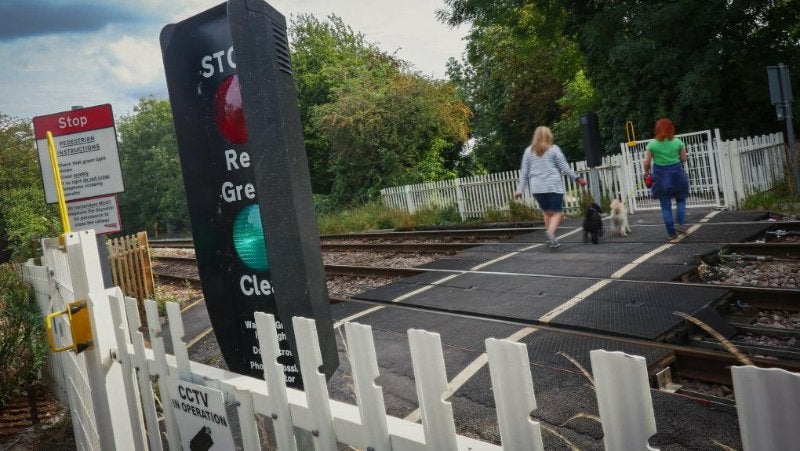
The Office of Rail and Road (ORR) in the UK has published new guidance that seeks to address risks and increase safety at level crossings.
The move follows a consultation in January, which found that the industry is interested in managing level crossing risk in a collaborative way.
Titled ‘Principles for managing level crossing safety’, the new guidance specifies a list of principles for the design, management and operation of level crossings on mainline and non-mainline railways.
Overall, it includes nine principles to make the crossings safer, another nine to guide risk control measures from the perspective of the railway, and five items to control risks from a highways perspective.
There are currently around 5,800 level crossings on the mainline railway and another 1,500 on heritage railways in the UK.
The guidance specifically recommends a risk-based approach taking associated costs into account and emphasises that the stakeholders can reduce risks through the design of a level crossing or implementing an alternative way of crossing the railway wherever feasible.
However, the guidance does not specify requirements enabling duty holders to undertake a proportionate, case-by-case approach to improve safety at the crossings.
ORR chief railway inspector Ian Prosser said: “With more than 7,000 level crossings in Britain, there is no one-size-fits-all approach to safety. Every level crossing is different and risk assessments should take account of the circumstances of each one.
“We’ve acted on feedback from our consultation to improve the clarity of the principles and factors in the new guidance.
“Our guidance will help support industry to make informed decisions about managing level crossing risks and encourage a collaborative approach to improve safety for all level crossing users.”
The new recommendations will eventually replace the previous guidance Level Crossings: Guidance for Managers, Designers and Operators or RSP7.



